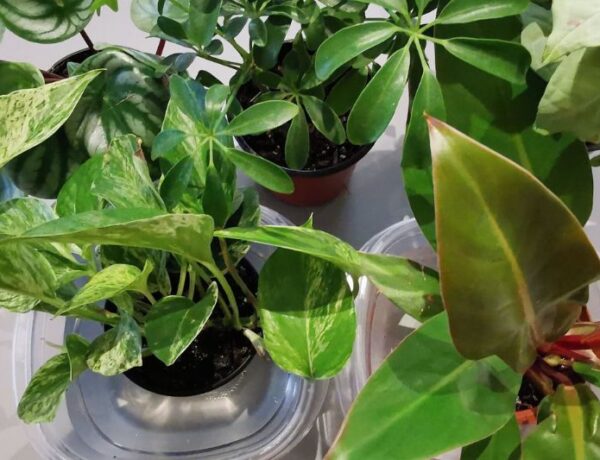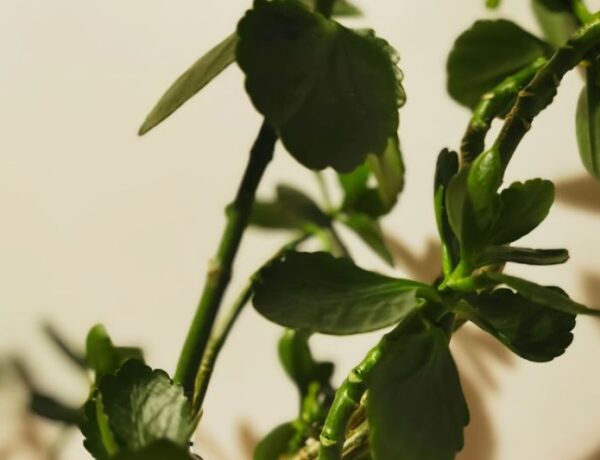If you’re a dedicated indoor gardener, you’ve probably heard of grow lights. These specialized lights emit a spectrum of light that mimics natural sunlight, allowing plants to grow and thrive indoors. But have you ever wondered if grow lights can burn your plants? In this article, we’ll explore the answer to this common question and give you some tips on how to avoid damaging your plants with grow lights.
Table of Contents
Types of Grow Lights and their Potential to Burn Plants
There are several types of grow lights available in the market, such as incandescent bulbs, fluorescent lights, high-intensity discharge (HID) lights, and light-emitting diode (LED) lights. Each type of light has a different potential to burn plants, with incandescent and HID lights having the highest risk due to their high heat output. Fluorescent lights are cooler and less likely to cause damage, while LED lights are the coolest and most energy-efficient option.
| Type of Grow Light: | Potential to Burn Plants: |
| Incandescent bulbs | High |
| High-intensity discharge (HID) lights | High |
| Fluorescent lights | Low to moderate |
| Light-emitting diode (LED) lights | Low |
Factors Influencing the Chance of Grow Lights Harming Plants
Several factors can increase the risk of grow lights harming plants:
- Distance: The most crucial factor is the distance between the plant and the light source. Placing the light too close can result in heat stress and plant damage.
- Light intensity and duration: The intensity and duration of light exposure are also essential considerations. Different plant species tolerate light differently, so you should select a grow light that aligns with your plants’ needs.
- Plant type: Some plants are more sensitive to light and heat than others. Make sure to research your plants’ specific light requirements to ensure you provide the optimal conditions for their growth.
- Environmental factors: Other environmental factors, such as temperature, humidity, and airflow, can impact the risk of plant damage. Proper ventilation and climate control help maintain a comfortable environment for your plants, reducing the chances of plant harm caused by grow lights.
Tips to Protect Your Plants from Grow Light Damage
To safeguard your plants from grow light-related harm, follow these guidelines:
- Choose the right grow light: LED grow lights are popular because they’re energy-efficient, generate minimal heat, and last a long time. They’re suitable for most plants and growth stages.
- Adjust the distance: Use a light meter to find the ideal distance between the light source and the plant. As a general rule, keep high-intensity lights like HID further away from plants, while low-intensity lights like LEDs can be placed closer.
- Control light exposure: Use timers to manage the duration of light exposure, ensuring your plants receive the appropriate amount. Most plants need a period of darkness to rest and carry out essential cellular processes, so avoid 24-hour lighting.
- Monitor plant health: Regularly inspect your plants and adjust the light as needed. If you notice signs of heat stress or damage, consider lowering the light intensity or switching to a cooler light source.
- Optimize the growing environment: Ensure proper ventilation and climate control to maintain a comfortable environment for your plants. This will help reduce the risk of damage and promote overall plant health.
Signs of Plant Stress
Recognizing plant stress signs due to grow lights is also important, as you can prevent further harm. Keep an eye out for symptoms like:
- Curling leaves: When leaves curl upward or downward, it could indicate heat stress or dehydration caused by excessive grow-light exposure.
- Yellowing leaves: Often occurs when plants receive too much light, causing the breakdown of chlorophyll. This can lead to reduced photosynthesis and weakened growth.
- Scorching: Brown, dry, or crispy leaf edges are signs of scorching, which can result from excessive light intensity and heat.
- Wilting: Despite adequate watering, plants exposed to too much light or heat may wilt, indicating stress.
- Stunted growth: Prolonged exposure to high-intensity light or inadequate light spectrums can hinder a plant’s growth and development.
Make adjustments to your grow light setup if you notice any of these symptoms to prevent further damage and ensure your plants’ well-being.
Final Thoughts
Although grow lights can burn your plants, you can minimize these risks by using them correctly, selecting the right light, and understanding your plants’ needs. Regularly monitor plant health and address any issues to optimize your garden’s success. By carefully considering each element, you’ll create a harmonious space where your plants can thrive.






No Comments